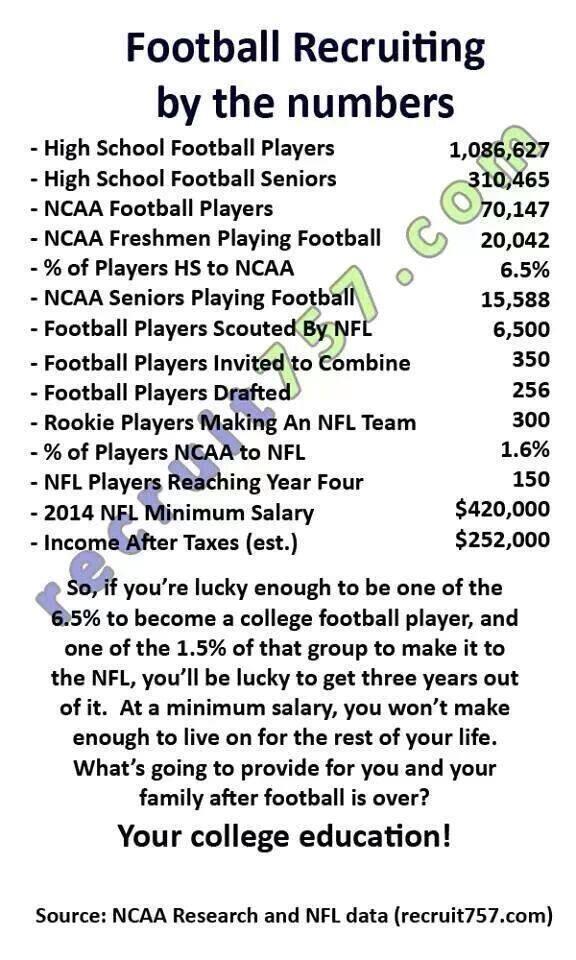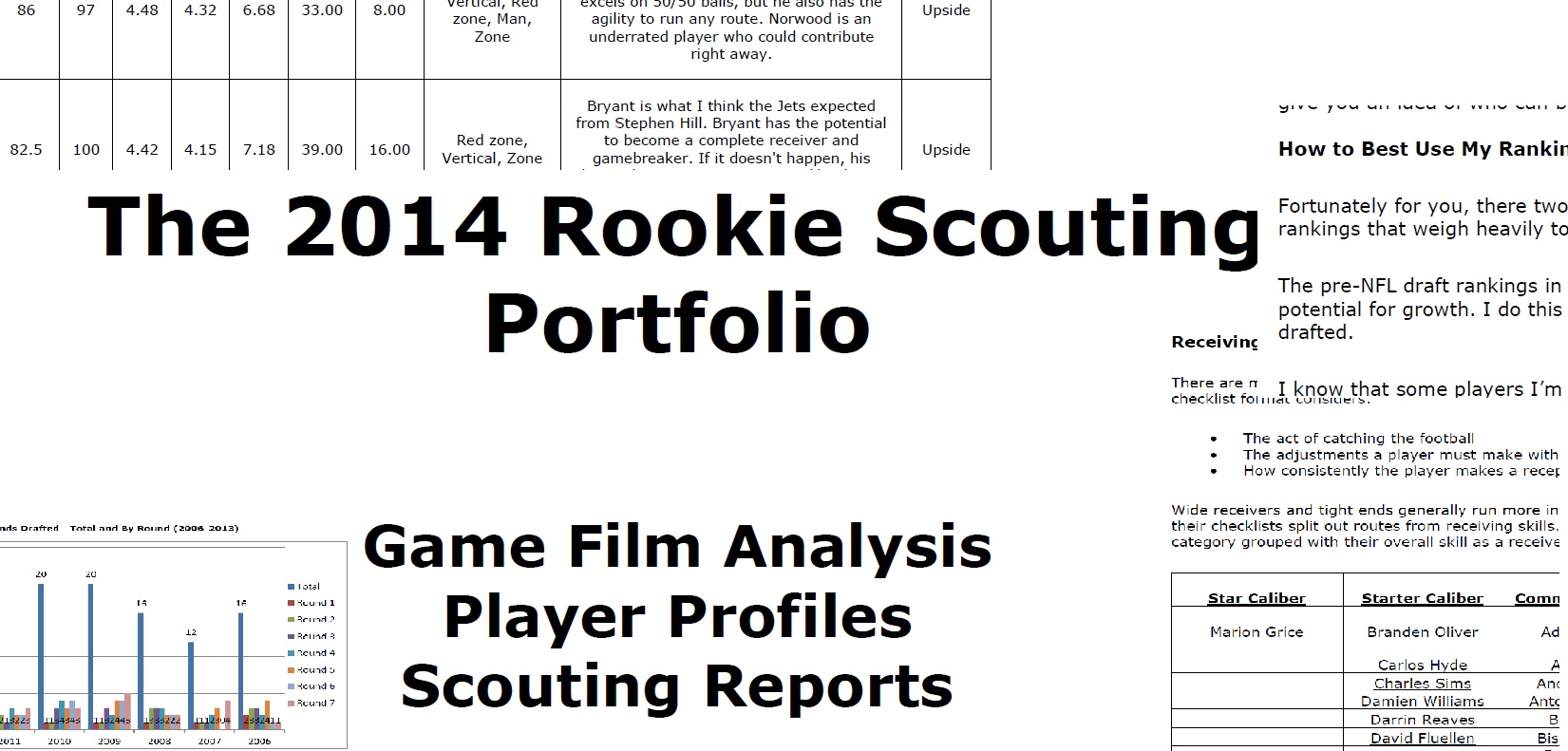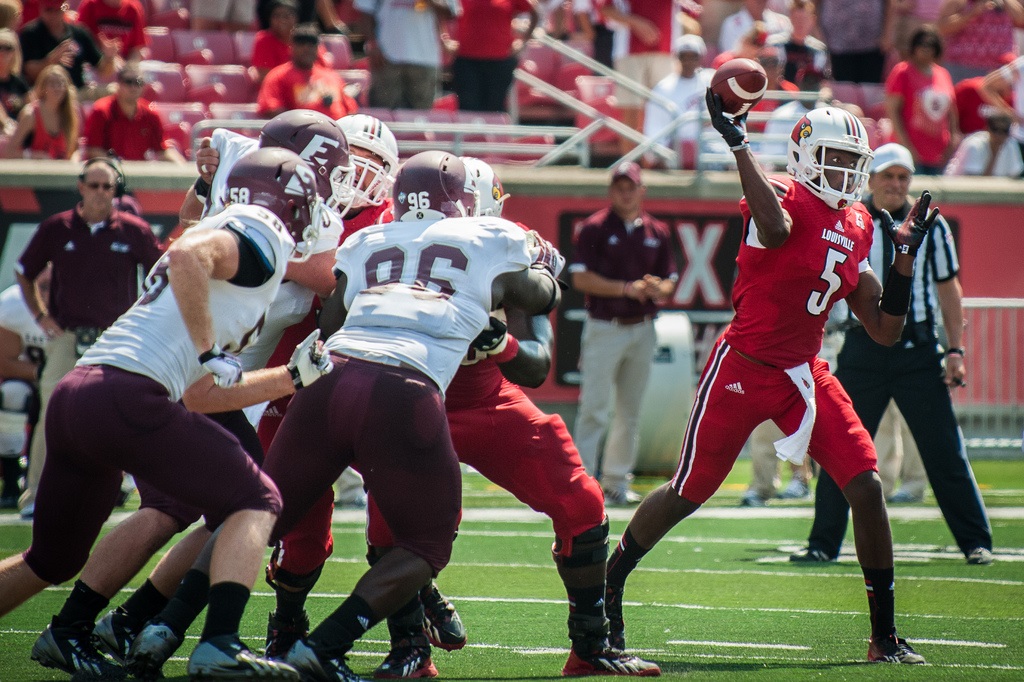Seeking an lesson in playing middle linebacker? C.J. Mosely’s game is instructive.
Futures: Alabama MLB C.J. Mosely
By Matt Waldman
He can’t catch, he’s had numerous injuries, and a well-executed read-option keeper can trip him up. But if these are the only damning aspects to middle linebacker C.J. Mosely’s game, and his injuries don’t present a long-term concern, there aren’t 10 players in this class I want more.
Mosely’s game is instructive to playing middle linebacker:
- Addressing run gaps to help teammates
- Beating lead blockers and attacking the ball carrier
- Strong pass coverage—man and zone
- Making good pre-snap diagnosis
- Finishing plays
He’s not the best middle linebacker you’ll ever see, but the Alabama defender should become a stalwart for an effective NFL unit. The more I study middle linebackers, the more I see the commonalities between them and their natural adversary the running back.
I have always ascribed multiple definitions for a running back’s vision:
- The patience to allow the play to develop as close as possible to its design.
- The skill to find and anticipate the creases as they open.
- The ability to see and set up unblocked defenders at the other side of these creases.
- The peripheral vision and/or understanding of the opponents’ tendencies to identify the cutback lanes and the timing to exploit them.
- The judgment to know when to be patient and when to be decisive.
- The maturity to understand when to resist the urge for the big play in lieu of the short, punishing play that moves the chains.
The last two are of monumental importance if a runner wants to succeed in the NFL. And in many ways, all of these points of vision apply to a good middle linebacker like Mosely. Read the rest at Football Outsiders.











